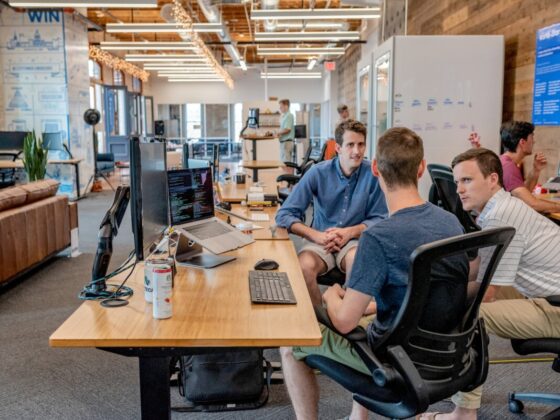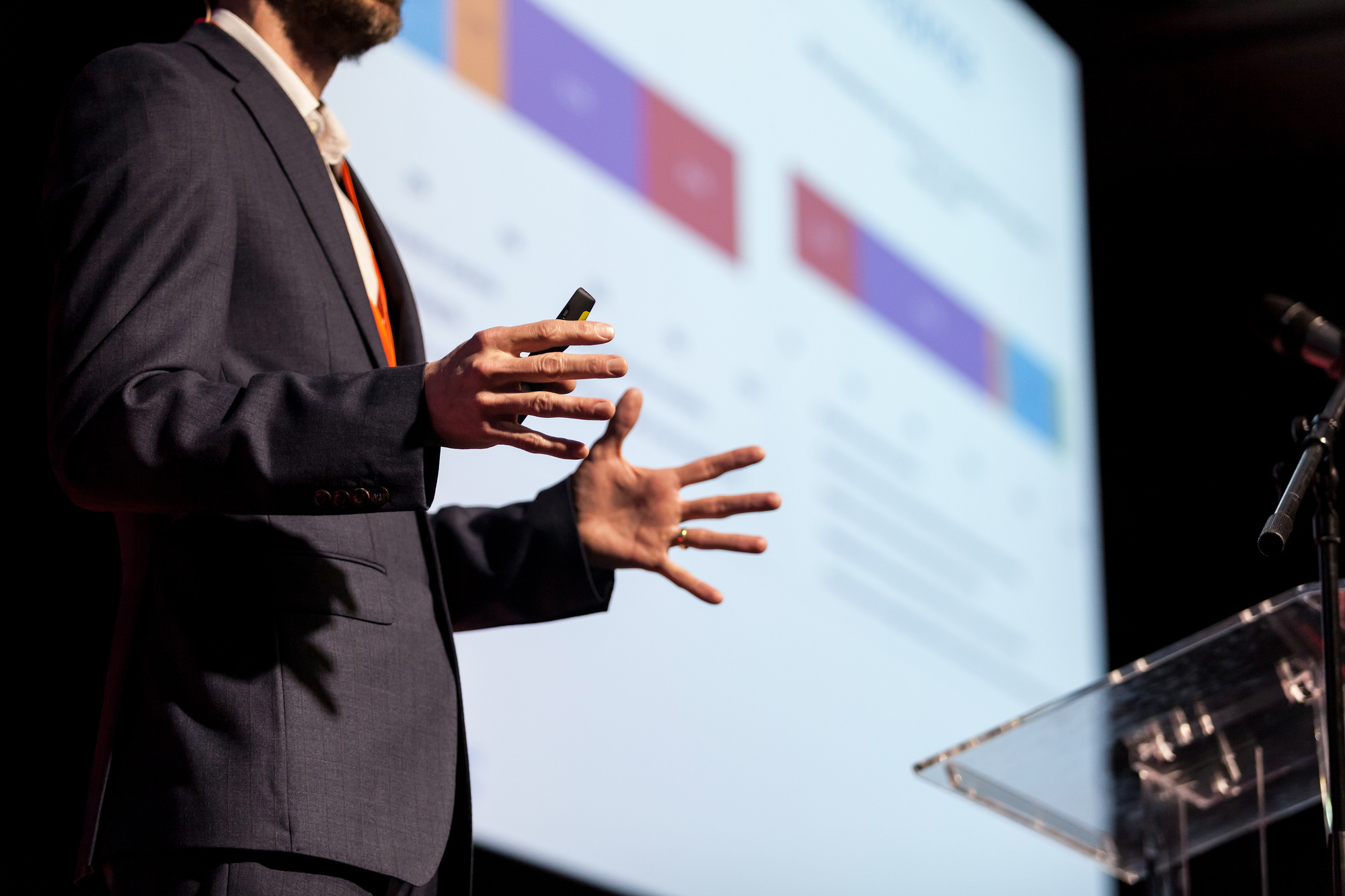In the past few years, more and more people have been transitioning to freelancing. Indeed, the pandemic actually forced professionals from all kinds of fields to seek alternative ways of working. This is why more and more designers are now primarily pursuing a freelance career above all else. Hence, here’s how to become a successful freelance designer.
#1 Define Your Branding Strategy
First and foremost, you need to define your branding strategy. Branding yourself in a specific way will help you distinguish yourself from other professionals and find clients who will be interested in your type of work. Moreover, having a unique brand image is crucial for the longevity of your career. As you get more clients, you will become more well-known in your field and more people will want to work with you because of your image and reputation.
When defining your brand image, start from something general and then narrow it down to specific details. Think about the kind of expertise and skill set you have and how you can use them for different types of design projects. If you want to focus on a specific niche (e.g. restaurants), you should take that into account as well. Clearly define what your brand image will be like and how you will present it to your target audience. All of your online activities will have to represent and reinforce that image.
#2 Build Your Portfolio
The next step is to build your portfolio. It’s great if you already have some works you can show to potential clients, but if you don’t, it’s worth creating some designs just to add to your portfolio even if they don’t get published or used anywhere else. Moreover, the elements of your online presence can also be used to represent your style and quality of work (e.g. your website, social media accounts, and email designs). This is especially important if you specialize in a specific type of design (e.g. website design, graphic design for social media).
Small business certification makes it easier to find funding and other opportunities: Whether you have an awesome idea for a new business or already own an established business, certification can help get your foot in the door.
In addition to the visual representation of your work, you will also need to take care of its textual side. In other words, your website needs content that will describe who you are, what you do, what your experience and expertise are, and so on. You can fill out your website (as well as your social media) yourself or you can hire a professional writer from the custom writing reviews sites. After all, you are a designer, so you might not possess the skills necessary to write all the content you need for your website and social media accounts.
#3 Learn How to Manage Your Finances
One more thing you should do before you actually start looking for work is learn how to manage your finances. As a freelance designer, you are responsible for everything you do – and that includes managing invoices, paying taxes, and so on. Never underestimate the amount of paperwork you will have to do to ensure that you are doing everything legally. Know your rights and don’t be afraid to demand on-time payments from your clients to avoid getting scammed.
The earlier you learn about all these things and start adopting relevant practices in your professional activities, the fewer chances there are that you will get in trouble in some way. There are numerous online resources that can help you learn everything about the payment systems you can use, the documentation you need to take care of, etc. Just make sure to do all your research related to these things before you start working with clients. It’s for your own good and for looking professional right away.
#4 Treat Your First Clients Like Kings
Speaking of your clients, this is when you will start getting your first gigs. The most important thing to keep in mind is that you should treat your first clients as kings. The first few gigs you get will determine whether these clients choose to maintain a long-term relationship with you which can help you build your customer base. These first clients might come back to you with more projects and could even recommend you to others which will get you even more gigs at the very beginning of your career.
Nevertheless, don’t forget that getting these first clients could be quite challenging considering that you are only starting out. Research what the best websites are for getting reviews of your work, looking through job listings, and so on. Use your current network to see if there is anyone who needs a design-related job done. Consider easy-to-enter jobs even if you are overqualified – you can’t be too picky just yet. These “easy” jobs can help you get to advanced ones and can help you build your portfolio.
#5 Build and Utilize Your Network
As you work with your first clients, make sure that you keep records of all the projects you get to work on and utilize your personal network. Not only can you use your work as a part of your portfolio, but you can also use your client data to get in touch with these clients in the future and see if they have any more projects you could work on. Sometimes, you need to be the one to initiate second contact instead of waiting for your past clients to come back to you.
In addition to that, you can use your customer data to analyze what types of people or companies you can reach out to for similar projects. For example, you may notice that many small businesses in your area have specific requirements for their website design. You can use this knowledge to reach out to other similar local businesses and offer your services to them while showing your past work. You already know what they will likely want you to do and you can make your offer to them right away.
#6 Keep Looking for New Clients
One big mistake you should avoid at all costs is settling for what you have gained at the start of your career. As a freelancer, you need to understand that the landscape is changing all the time, so returning clients you rely on today might not be there for you tomorrow. This is exactly why you need to keep looking for new clients even once you have some regular ones that you are working with long-term.
Maria Garcia, a freelance writer from the writing services reviews site Trust My Paper, says, “I have some clients I work with regularly, but I also work with new clients all the time. It diversifies the types of projects I can take part in, but this is also a way for me to ensure that even if a client stops working with me, I have someone else to work with. There are periods when you will get fewer projects to work on, so you need to be prepared by working with different people and businesses.”
#7 Listen to the Feedback You Get
Last but not the least, make sure to listen to the feedback you get from your clients. In some cases, you will work with clients who are too demanding or controlling, but in other cases, what you hear from your clients is valuable feedback that you should apply to your work. Not only will it help you to improve your design skills, but it will also help you grow as a professional.
Besides, when your clients see that you are taking their feedback seriously, they will be more inclined to perceive their experience with you as a positive one. And once they are satisfied this way, they will be more likely to refer you to someone else. Don’t be afraid to ask for referrals either – it’s a way for you to have more control about spreading the word about yourself.
Final Thoughts
To sum up, it might be difficult to get started as a freelance designer, but once you have a network of clients, it will be much easier for you to grow your career steadily. Use the tips in this article to help you pursue a freelance designer career and succeed at it.
Author Bio

Anna likes writing from her university years. When she graduated from the Interpreters Department, she realized that translation was not so interesting, as writing was. She trains her skills now working as a freelance writer on different topics. Always she does her best in the posts and articles.









